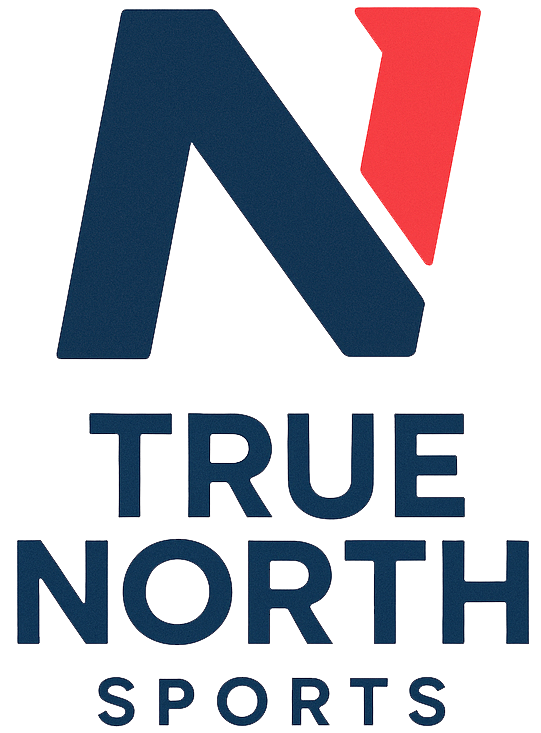Youth vs. Junior vs. Intermediate vs. Senior: What’s the Difference?
Share
A helpful explainer for parents confused by hockey gear category names.
If you’ve ever walked into a hockey store or browsed online for gear, you’ve probably run into sizing terms like Youth, Junior, Intermediate, and Senior. And if you’ve ever stood there thinking “What the heck does Intermediate mean?” — you’re not alone.
These category names are used across nearly all major hockey brands, but they don’t always make sense at first glance. To make things trickier, each category doesn’t refer to a specific age — it’s a combination of size, height, weight, and even hand strength in some cases.
This guide breaks down what each category really means, how to choose the right one for your player, and when it’s time to move up.
What Do the Categories Actually Mean?
Each category name is intended to group equipment by average body size and strength. Here’s a quick summary:
- Youth: Typically for ages 3–6
- Junior: Typically for ages 7–12
- Intermediate: Typically for ages 11–14
- Senior: Typically for ages 14 and up
⚠️ But don’t go by age alone! A small 13-year-old might still wear Junior, while a tall, strong 11-year-old might fit Intermediate or even Senior gear.
Category Breakdown by Gear Type
Sticks
- Youth Sticks: Shorter shaft, tiny blade, very flexible (30–40 flex)
- Junior Sticks: Longer shaft, slightly stiffer (40–50 flex)
- Intermediate Sticks: Mid-length, more curve and blade size options, 55–70 flex
- Senior Sticks: Full-length, pro curves, stiffer flex (75–110 flex)
Tip: Stick flex is often half your body weight — a 100 lb player usually needs a 50 flex.
Protective Gear (Pads, Gloves, Helmets)
Each category is scaled for limb length, width, and body mass:
- Youth: Smallest fit, easy Velcro closures, simple designs
- Junior: More protective features, fits lean bodies with growing limbs
- Intermediate: Wider chests, longer arms, more adjustability
- Senior: Full-size gear, typically built for stronger or full-grown bodies
When to Move Up a Category
Here’s what to look for:
✅ Pads feel tight, restrict motion, or straps no longer reach
✅ Stick feels too whippy or short, even when cut to proper height
✅ Glove is too tight, hard to close, or has fingers sticking out
✅ Helmet pinches or doesn’t sit level on the head
General rules of thumb:
- If your player is under 4'6" and under 60 lbs — start in Youth
- 4'6"–5'1" and 60–90 lbs — usually fits in Junior
- 5'1"–5'6" and 90–130 lbs — typically Intermediate
- 5'6"+ and 130+ lbs — move to Senior
Every child grows at their own pace. Go by fit and comfort, not the number on the tag.
Why Does This Matter?
Wearing gear that’s too big or too small can:
- Limit mobility and slow development
- Increase the risk of injury from exposed gaps
- Affect confidence during shooting, skating, and contact
- Make your player dread putting on equipment
Properly fitted gear not only keeps your child safe — it also helps them enjoy the game more.
Final Thoughts
Don’t let the category names throw you off. Think of Youth, Junior, Intermediate, and Senior as helpful sizing ranges — not hard rules. Try the gear on, check the sizing charts, and ask for help when you need it.
A good local hockey shop will always let you try before you buy, and many offer fitting services at no charge.
Still confused? Bring your gear into the shop and ask for a quick sizing check — or reach out to our team, and we’ll walk you through it.
